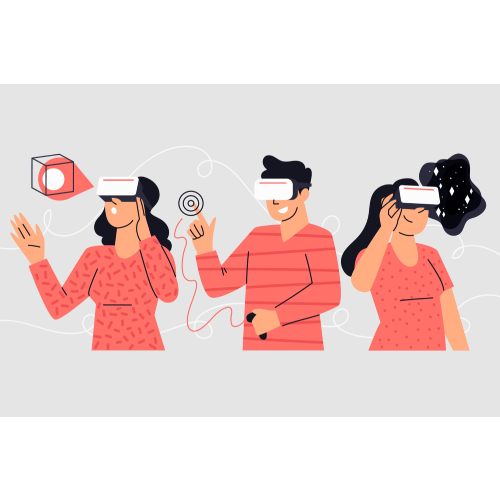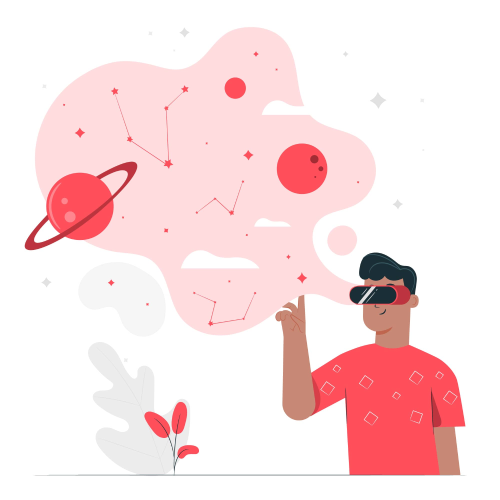The virtual reality experience might change the face of technology. VR is projecting you into a virtual environment designed for human interaction. It’s no longer just a headset and motion tracking, it’s a digital reality that can create an experience not otherwise possible in the real world, like visiting a house hundreds of miles away as if you were there.
Not only does VR invite you to suspend your disbelief in a virtual world, it can also increase the learning curve of just about any domain. It has already helped many areas like military, sport, mental health, medical training, education, fashion, and so much more.

The ways VR can be used are varied and interesting, because although it is not a one-size-fits-all tool, it is a tool that can be tailored for many situations to remove the unwanted, negative, painful emotions one might feel while doing the real thing. For the elderly, that could mean revisiting your childhood village without ever leaving your nursing home. For the military, it would mean training for an operation without any danger as you prepare for the real thing.
As meaning is made with our mind, we can choose to make a digital world feel real. Reality does not have to be anchored in what we are used to- that is, our world.
Why can’t we create an environment for simulated interactions, that would be as real in our minds as the world we evolve in? When thinking about VR in this sense, a lot of it breaks down limitations. Especially when it comes to the housing business.
No longer must you travel to visit a home. VR computers can generate a staged house, which can be visited by potential buyers from all over the world, at any time. The National Association of Realtors estimates that 77% of real estate agents say staging a home helps people buy. People buy, because they can project themselves in a staged space. But this has a cost, often several dozen thousand dollars, if not more. In retrospect, a VR headset cost, at the most, $600.
No longer must you try to project yourself off a 2D floor plan when buying a house or a flat off of plans. With architectural visualization, builders can showcase a residence or a house that has not yet been built. The future owners can walk through the outside and the inside of their house from the comfort of your office. Miniature models made for a residence may look cute, but they won’t sell a house. VR will.
Because the VR world is generated by the computer, you may give the computer any information and have it repercuted on the headset. This means floor plans, of course. But you can also urge your clients to interact with the space or the products displayed. VR can intervene in e-commerce for instance. What if a client was able to select the couch she sees during her VR visit, and charge a selection of couches available from her favourite furniture store. She could then place her preferred couch into the space and visualize the home exactly as she wants it to be, once it’s hers.

Some apps already are available for purchase with VR. Truescale, the home design app, is an all-in-one solution that allows the user to create floor plans and 3D interior of rooms. Similarly, SymmetryAlpha allows the user to do the same, while letting you also create exteriors. Though the graphics need some work, and one does need a VR set to be able to enjoy the experience, there is already interest in the phenomenon, and it’s easy to see why.
Through VR, one can pique the interest of clients globally, increase the number of visits as they can happen from the comfort of the office- or of the person’s home, if they too own a VR headset. The client can customize their interior during the first visit, immediately getting a sense of the space as their own, and even purchasing their furniture through the set. Additionally, one can visit the home during day and night, and see the effect for both daytime and nighttime. Price-wise, a headset is well worth all the advantages it offers the clients.
In the last hundred years, nearly every part of our business and personal lives has been improved through technology. VR, which is only at the start of its rise, despite having been around for years now, will eventually put our current technology to shame. VR, which will one day include all sensory input, will be transformative, life changing. And it starts now. Contact us to know how you can implement VR into your housing business.
